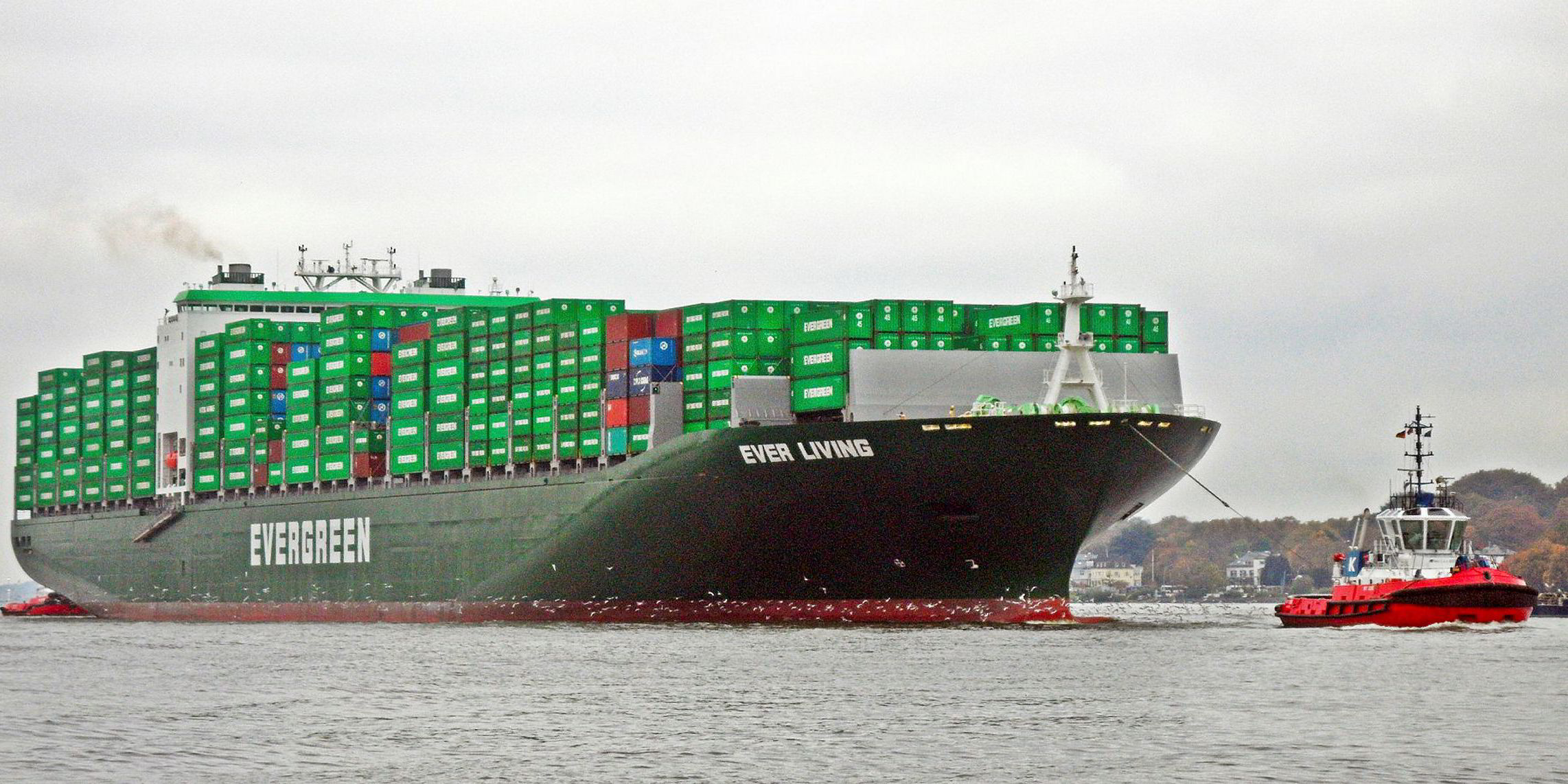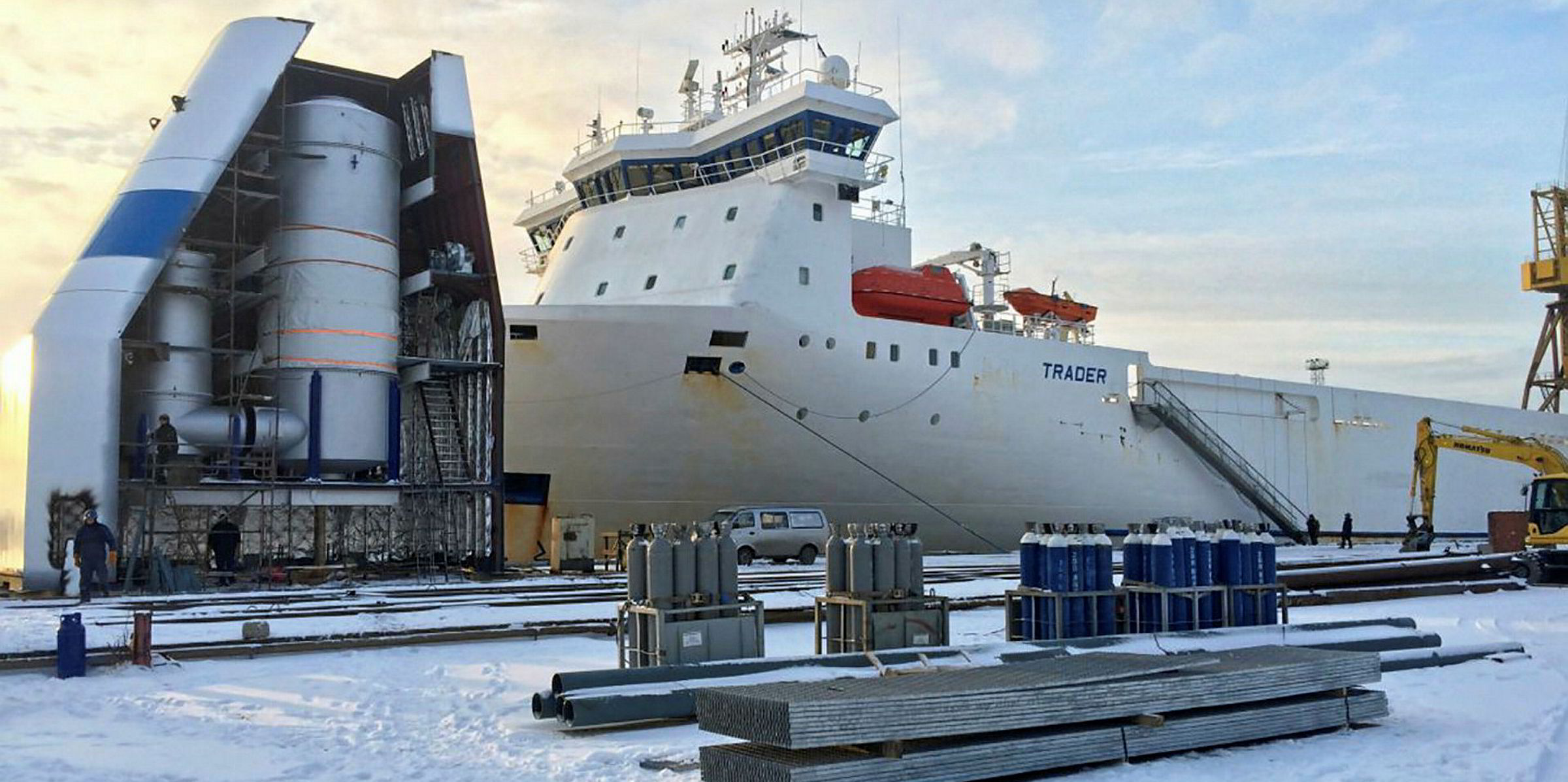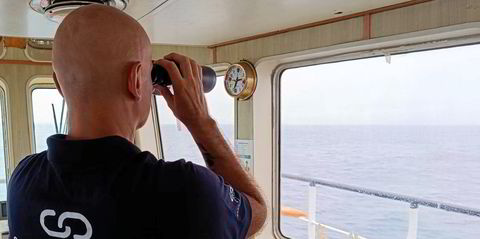Some liner operators appear exposed to potentially higher charter rates next year as shipowners seek to recoup the costs of installing scrubbers.
Liner operators are deploying a range of different strategies ahead of the IMO 2020 sulphur cap, with some such as Mediterranean Shipping Co (MSC) investing heavily in scrubbers for their owned fleet, and others, including Ocean Network Express (ONE), set to rely on potentially more expensive low-sulphur fuel oil (LSFO).
Until the prices of the different fuels are set, it is unclear which strategy will prove most successful.
Charter premium
However, Infospectrum’s Neil Dekker expects some liner operators have little choice but to use compliant fuel or incur a premium on daily charter hire costs as independent shipowners aim to recoup their additional outlay on scrubbers.

He has identified different strategies employed by operators to cater for the IMO’s low-sulphur regulations from January 2020, which he believes will affect profitability next year and beyond.
Companies such as Evergreen and MSC have fitted a relatively high percentage of their owned fleets with scrubbers, when compared with CMA CGM and Hapag-Lloyd that will rely on burning LSFO, which has a sulphur content of 5%.
The price of LSFO in the first quarter of 2020 will determine how quickly these costs will be recovered by the liner companies.
Scrubber numbers
About 380 delivered containerships have been, or will be, fitted with scrubbers, with another 150 vessels on order that will be scrubber-fitted by the time they enter the global fleet at the end of 2021, according to Infospectrum.
At about $5m for the average cost of a scrubber installation, this equates to a total of $2.65bn for the industry.
“We estimate approximately 50% of this cost will be for the account of independent shipowners, whose outlay is expected to be recovered from these ships subsequently generating a premium on the daily charter rate,” Dekker claimed.
The installation of scrubbers on the owned fleets of the top-12 liner companies will cost about $1.24bn.
The carriers that have spent the most money on scrubber systems, and by default, are maintaining a "heavy fuel oil strategy", are Evergreen, MSC and Hyundai Merchant Marine.
Maersk Line, Hapag-Lloyd and ONE have primarily decided to use compliant fuel, with Cosco and Zim saying very little in the public domain.
Opting for LNG
CMA CGM is the one major operator that has settled on LNG as an alternative fuel, with 18 of its newbuildings able to burn the gas upon delivery.
With profit margins already under significant pressure, liner companies will seek to recover all of these costs — whether for scrubbers or alternative fuels — from shippers
Neil Dekker
“With profit margins already under significant pressure, liner companies will seek to recover all of these costs — whether for scrubbers or alternative fuels — from shippers,” Dekker said.
Other analysts believe that recouping costs from shippers may not be easy.
“It is probable that shippers and liner companies will negotiate to marginally reduce low-sulphur fuel surcharges in return for shipper commitment,” according to a quarterly report by Braemar ACM.
“In a time of overcapacity, careful commercial negotiating between carrier and shipper will probably be underway.”
Market boost
Charter markets are currently benefiting as boxships are taken out of circulation to be retrofitted with scrubbers.
That has resulted in tighter supply for ships of classic panamax-size and above.
Clarksons added that scrubber retrofits and other IMO 2020 developments, such as increased demolition and service speed restrictions, suggests that the freight and charter market could make further gains.
The key to return on investment will be the spread in price between heavy fuel oil and LSFO, currently forecast to be between $200 and $400 per tonne.
Shippers and freight forwarders will be ultimately footing an additional industry fuel bill of $10bn to $12bn per year.






